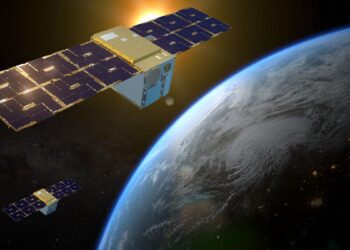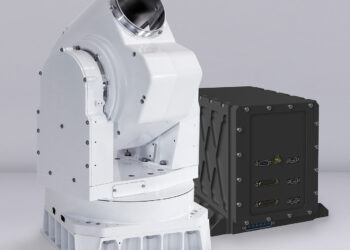Satellite/terrestrial integration demands push antenna makers to break new ground
Antenna makers are rethinking business models and edging towards blended solutions as higher frequencies being adopted by mobile operators pushes them closer to satellite spectrum. The pace of change means the satellite industry needs to do “a much better job to be integrated into terrestrial networks”, according to John Finney, founder and CEO of flat […]










